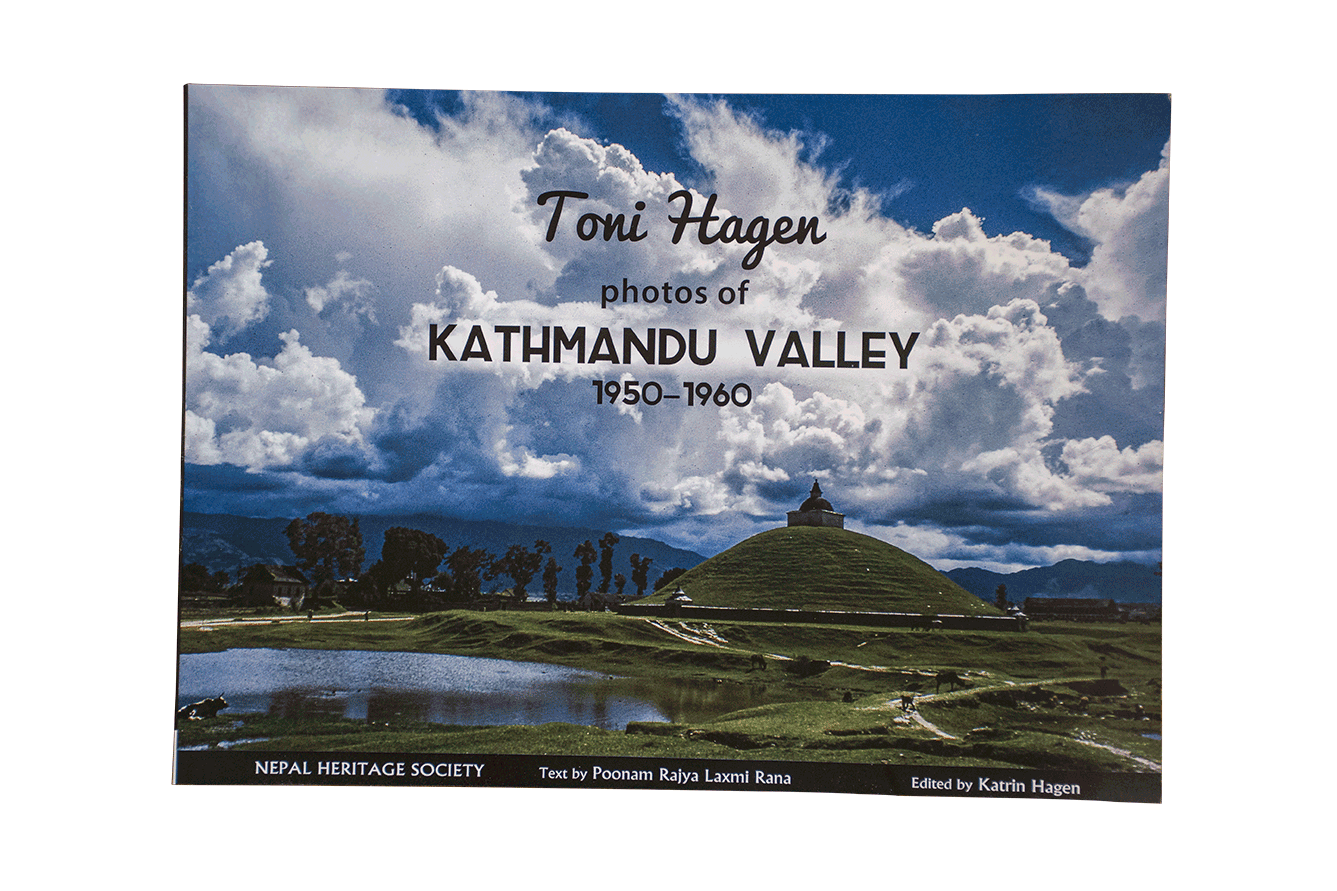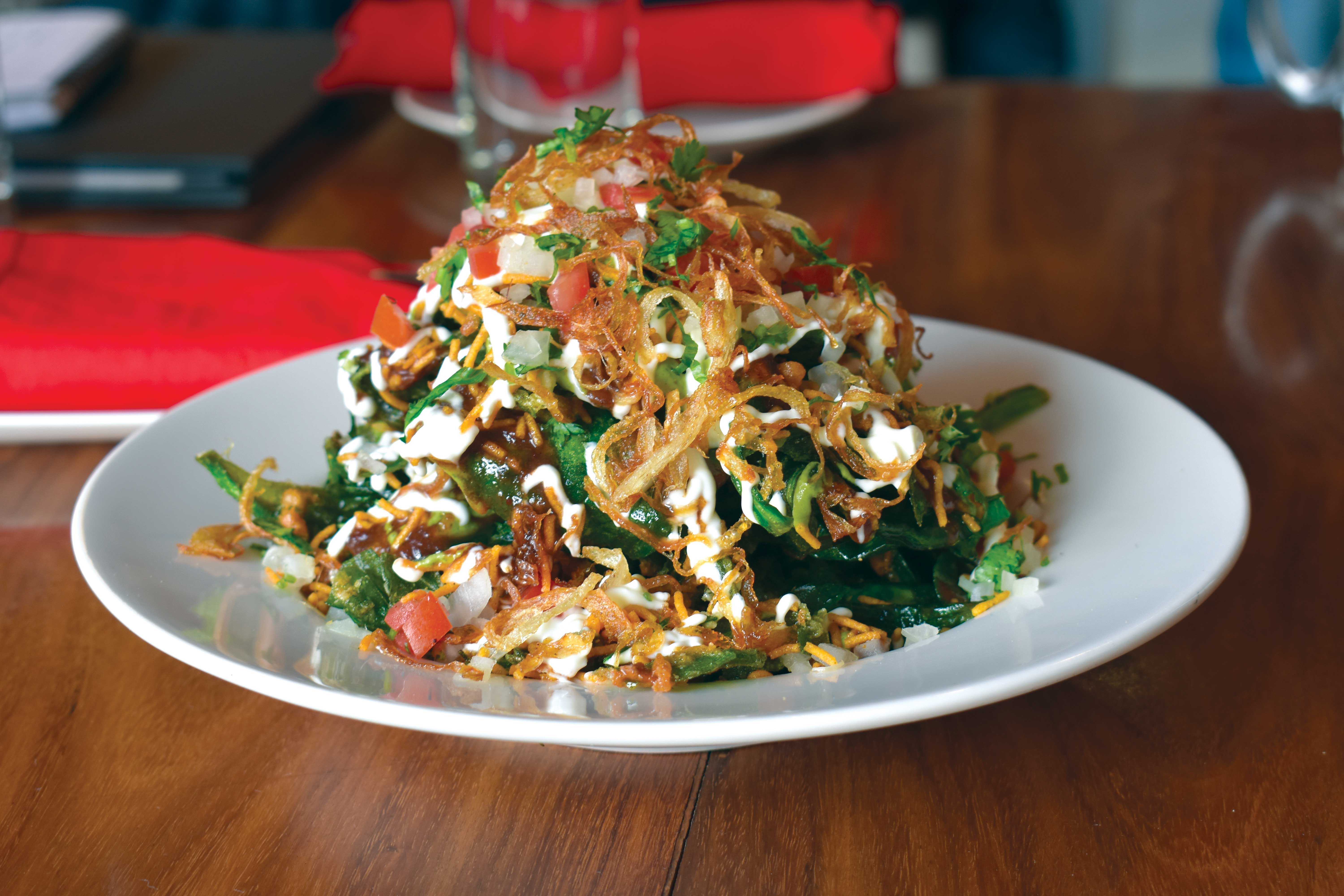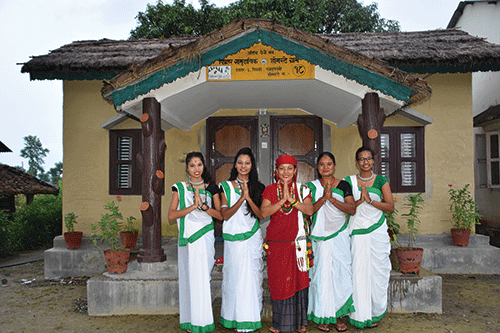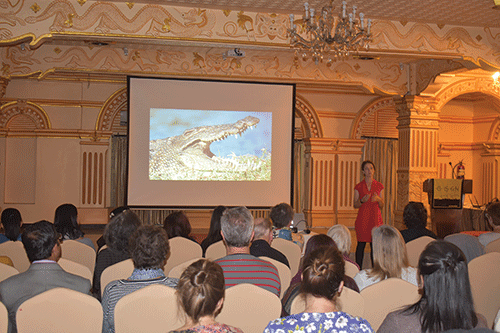The museums of the Kathmandu Valley give visitors glimpses of the past and serve as reminders of the cultural riches that are everywhere in the valley.
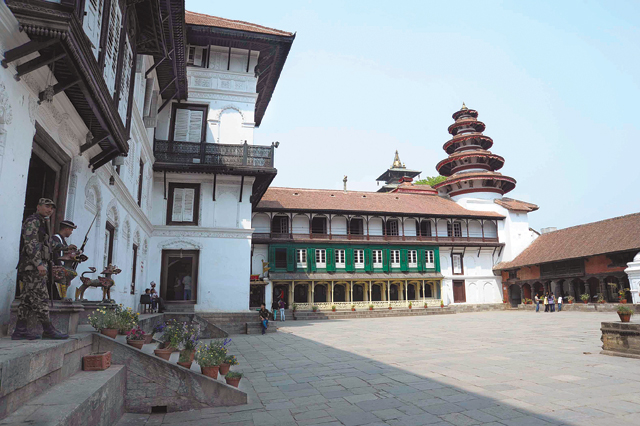
Museums aren’t the most attractive aspects of a place like Kathmandu valley, which in itself is an outdoor museum of sorts. But even without the liveliness and originality of the outdoor, Kathmandu’s museums are important: preserving and presenting the past rubs off on them a quality of durability. And as the cityscape outside the museum walls changes rapidly, the museum increasingly becomes a place to go for those who hanker for the city’s (or their) past.
The museums featured in this article are special for two reasons: their location in sites of historic and cultural importance, and the uniqueness of their exhibits. For this reason they are a must-visit for seekers of historic places, cultural artifacts, or a few minutes of nostalgia-laden silence.
Hanuman Dhoka Palace Museum
The Hanuman Dhoka Darbar Museum is history preserved within the confines of a former seat of power. It was from the palace complex that the Mallas, and after them, for a while, the Shahs, ruled over Nepal. A large part of the museum’s collection shows the lives of past rulers. Photographs and personal objects from pens to guns to cuff links to dresses worn by kings for their coronations and weddings are on display. There are rooms where some of Nepal’s monarchs were born; others, like the top floor of the Basantpur Palace, are where kings spent their leisure time. Then there are tusks belonging to elephants ridden by monarchs, guns belonging to Prithvi Narayan Shah and guns won from the Tibetans during the Second Nepal-Tibet War, in 1854.
Chowks, or courtyards, are the museum’s standout feature. Nasal Chowk is heavy with history and intrigue: it was here that masked dances were performed during the Malla times and kings of Nepal crowned. On its southeastern corner is a large latticed window, a stellar example of wood carving. Behind a small door on its northwestern corner are two of the most fascinating (partly because they were closed to the public until a couple of years ago) chowks in the palace complex. The first one you enter is Sundari Chowk. Its lower walls are lined with wood sculptures showing Krishna’s slaying of demons. On the western wall, behind wooden latticed doors, there are also murals, and terracotta figurines line the base of the verandahs. In the center of the chowk is a sunken bath, surrounded with stone sculptures of gods and goddesses.
A masterpiece of stone awaits visitors in the next courtyard, the Mohan Kali Chowk. It shows the child Krishna standing on the head of the serpent king Kaaliya. This image, sculpted from a single piece of stone, so impressed the art historian Mary Slusser that she described it in her book, Nepal Mandala, as “perhaps the most perfect Nepali stone masterpiece of all time.”
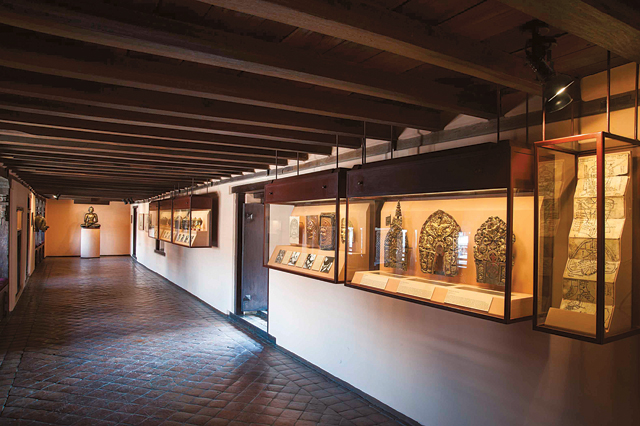
Patan Museum
The Patan Museum’s more than 200 exhibits alone could keep you riveted for hours on end. There is a recovered stone relief of Uma-Maheshwara, the old silver sheathing of Patan’s Bagalamukhi shrine, the old throne used by the city-kingdom’s Malla kings, and a 17th-century large watercolor painting that has devotional songs composed by Siddinarsimha Malla, king of Patan from 1619-1661. Also on display is a step-wise exhibition of the “lost-wax” technique of metal sculpting, a craft for which Patan is renowned.
The Patan Museum, like the Hanuman Dhoka Palace Museum, is housed within a former palace complex. The museum recently opened the renovated Mul Chowk and Sundari Chowk to the public. Of the two, the latter is an unbelievable achievement considering how much has been fitted within the 290-square-meter courtyard. There are 1008 tiny Shiva lingas, 20 windows, 24 pillars, 84 struts, and nine doors. In its center is a step-well that has a golden water spigot surrounded by six dozen stone statues.
The museum now has an Architecture Gallery, which displays text and examples of architectural components such as struts, windows, pillars and tympana. The highlight of this gallery is the Vidyapith, a shrine room of the former palace.
It’s easy to start believing after a visit to these two museums that museums in Kathmandu are either all about sculptures of gods and goddesses or personal articles once used by kings. But Living Traditions Museum, which is housed within the main courtyard of Changu Narayan temple, proves that what Nepali householders make and use is equally remarkable. On show here are objects found in the homes of Nepal’s various ethnic groups. The collection is a tribute to the skill and ingenuity of these groups, all of whom have managed to raise utility to the level of art.
Gallery 1, the museum’s first gallery, which opened in 2012, is housed in the sattal, or guesthouse, south of the temple. The exhibits in this gallery are divided into four major sections, which are based on the geographic regions of Nepal: the Terai, Mid-Hills, Kathmandu Valley, and the Himalayan Highlands. The objects on display are part of the huge collection of the museum’s founder, Judith Chase, who spent nearly two decades trekking all over Nepal and collecting these objects. Thus the exhibits stand for several things at the same time: Chase’s travels through the length and breadth of Nepal; Nepal’s ethnic diversity; and the skills and ingenuity of indigenous people in infusing art into daily life. Standout displays in the gallery’s wonderful collection include Maithili paintings and Tharu jewellery from the Terai, shaft holders of traditional churns used in Mid-hills households, and a Nyinba greatcoat from Humla.
The top floor of Gallery 1 takes you inside a Maithili home. The combination of semi-lit corners and natural light pouring in through the roof gives the room a natural ambience. An authentic feel is furthered by the Maithili paintings on the walls and adobe stoves and containers. Seeing the paintings in this room is akin to a minor find because like most traditional arts, with the coming of modern times and cement houses, these paintings are rarely done.
Living Traditions Museum has recently expanded into Gallery 2, which is directly across the courtyard from Gallery 1. The main attraction of the new gallery is a 5 x 9 foot paubha painting depicting Kathmandu Valley as it was during the Licchavi period. Other exhibits are photos of the myths, festivals and history of Changu Narayan. A very detailed exhibit of copper repousse process, which is featured on the Changu Narayan temple, shows the complex skills of Newar artists.


